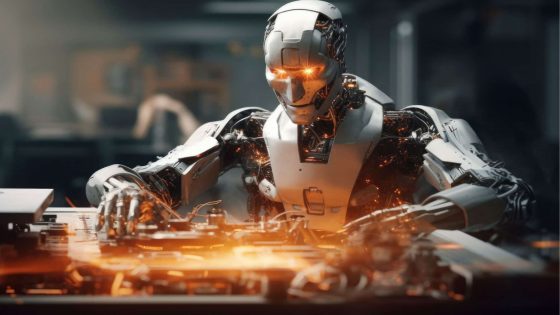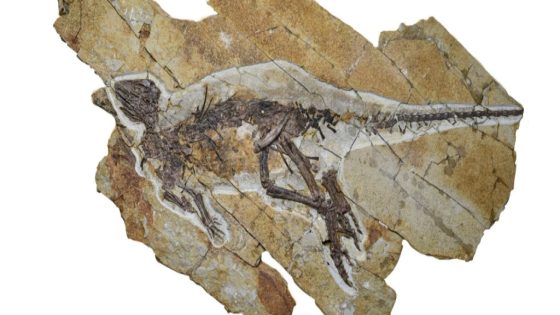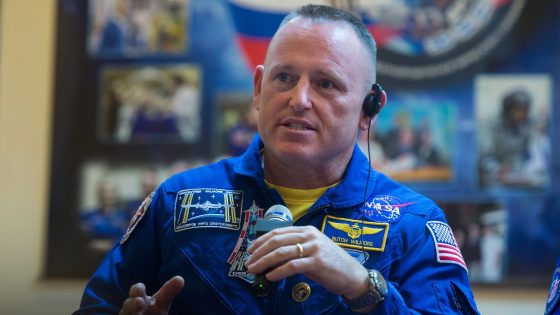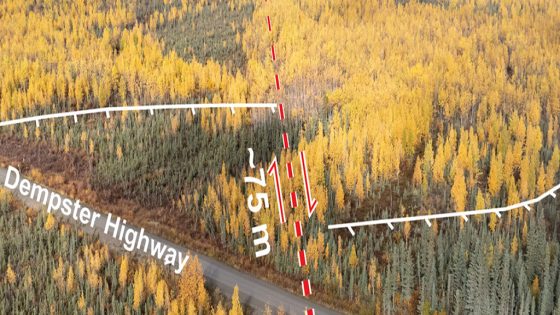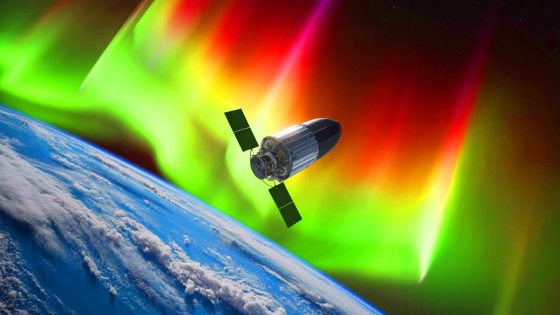In an exciting leap for robotics, researchers from Columbia University have unveiled a groundbreaking concept: robots that can “eat” each other to survive and evolve. This innovation introduces a form of “robotic metabolism,” allowing these machines to adapt, self-repair, and even form ecosystems. As we look toward 2025-07-26 15:15:00, the potential for autonomous robots to revolutionize industries and explore new frontiers is becoming increasingly tangible.
- Robots with "robotic metabolism" can evolve.
- Minimalist design enhances adaptability and function.
- Robots can "eat" to replace dead units.
- Autonomous robots reduce need for human intervention.
- Potential applications in space and extreme environments.
- Modular robots can form complex structures.
Imagine a world where robots not only perform tasks but also grow and adapt like living organisms. This minimalist approach to robot design focuses on modular units that can connect and evolve, much like building blocks. Could this shift redefine our understanding of robotics?
One of the most intriguing aspects of this technology is its ability to replace dead components without halting operation. This self-sustaining feature raises important questions about future robotics:
- How will these robots adapt to extreme environments?
- Could they operate independently on other planets?
- What implications does this have for disaster response on Earth?
As we stand on the brink of this new era in robotics, the possibilities are endless. Will we see robots that not only assist but also evolve in real-time, paving the way for unprecedented exploration and innovation?



